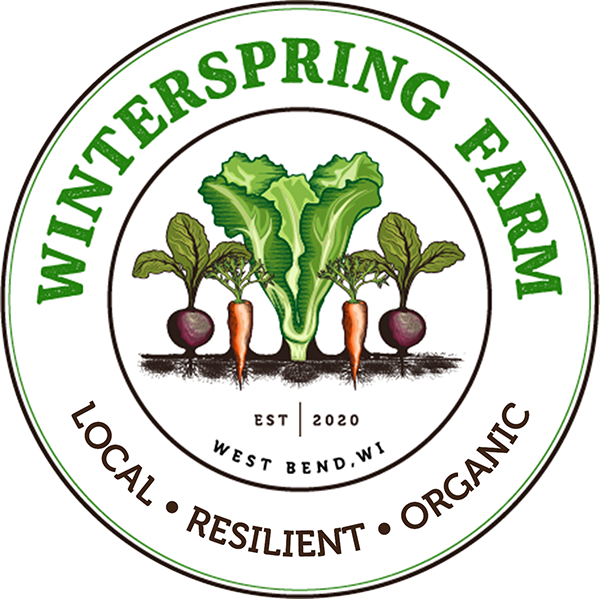Rosemary
Culinary Use, Storage, & Benefits
Herb Profile: Rosemary (Rosmarinus officinalis)
Description
Rosemary is an herb that we hold in high esteem. Each year, we make a point of growing it and selling the seedlings even though it may not be nearly as productive as other annuals – outdoors, at least. We have an insulated greenhouse that allows this wondrous herb to perennialize, growing to its full shrubby potential. The unique and intoxicating aroma it offers, its deep cultural significance for many people, and its downright beautiful appearance make it a pleasure to grow. Traditionally, it has symbolized both love and death. It has been used as “poor people’s frankincense” when burned at funerals to remember loved ones. There was a long-standing tradition in Greece of wearing sprigs of rosemary braided into the hair for remembrance as well. It was used by scholars and students, as well as marrying couples.
Nutrition
Beyond its cultural significance, rosemary is a highly renowned culinary herb. It’s warming and drying in nature, and its piney, pungent, minty sweet flavor harmonizes with poultry, dish, beef, lamb, pork, and game. It complements tomatoes, mushrooms, squash, cheese, eggs, lemils, and other herbs like chives, thyme, parsley, and bay. It can be used internally as an astringent tonic, and externally as a pain reliever. It’s rich in antioxidants and supports the lung, heart, kidney, liver, and spleen. Rosemary also tonifies the nervous system, invigorating mental functions and alertness (and indeed, memory!).
Storage
Keep in the fridge in a watertight bag and use fresh within 3-5 days, otherwise hang to dry.
Use
Dried: I love cooking and making tea with dried rosemary, because you can easily remove the leaves from the stem when crisp by simple running your fingers down the stem or rolling it between your palms.
Fresh: Rosemary used fresh is best to infuse cream, broth, butter, oil, vinegar, or other liquid and used in dishes as a sauce, dressing, gravy, or soup base. The texture of the fresh leaf itself can be tough to chew, but the fresh flavor translates beautifully.
Sources:
The Gift of Healing Herbs by Robin Rose Bennett
The Rodale Encyclopida of Herbs
The New Whole Foods Encyclopedia by Rebecca Wood
Linda Conroy of Moonwise Herbs
Our own experience!


